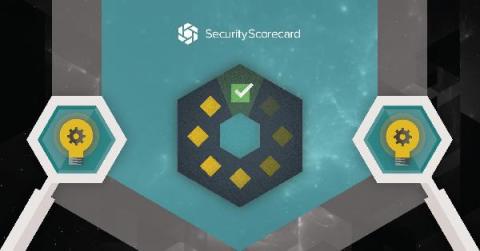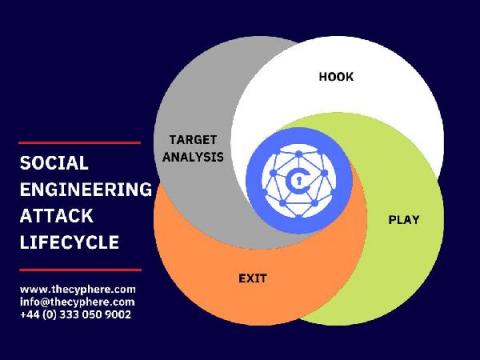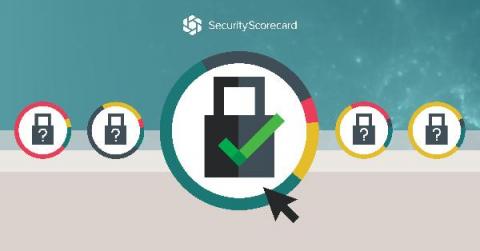What are the Types of Risk Assessments and When to Use Them?
Creating a cyber-resilient organization means understanding your security risks and how to mitigate them. However, the cybersecurity risk’s continuously shifting nature makes it challenging for organizations to choose the right risk assessment strategy. By understanding the types of risk assessments and how to use them, you can make better-informed decisions.








